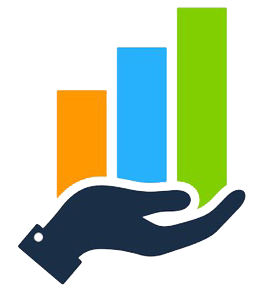Columns S and T allow you to note which visual elements need to be added. When adding an image to a page, be sure to include a descriptive file name and image alt-text. If you need to create new meta descriptions, do so in column M of the template. By doing this, you’ll be able to go more in-depth and provide more SEO Anomaly detailed information about that topic. This also means that you are only optimizing for one keyword per page, meaning you have a greater chance to rank for that keyword. Review your current URLs, page titles, and meta descriptions to see if they need updating.
Optimize for the focus keyword
It also means making sure your website has a high level of expertise, authoritativeness, and trustworthiness. On-page SEO (also known as on-site SEO) refers to the practice of optimizing webpages to improve a website’s search engine rankings and earn organic traffic. This is useful to visitors as this will ensure they find engaging information that speaks to their interests or needs. That will aid in extending dwell time, the time spent by a user viewing a page. If your site information is found useful by audiences, it will also encourage visitors to return.
It helps build your credibility for Google and (duh!) makes it easier for your customers to reach you! Read more about improving your local SEO and boost your foot traffic. The individual SEO score of your website indicates how well the web page complies with search engines’ quality guidelines. One can roughly say, that if the score is higher than 80% it means that the web page is already well-optimized whereas a score below 80% shows that there’s still room for improvement. If the score is below 30% there are severe errors and SEO issues on your website you should definitely deal with.
Auditing this on page element is important because as mentioned above, Google uses external links to discover (and index) new content on the Web. For example, if our target keyword is “ruby chocolate”, then you can see that Google highlights all instances of the term within the results. Essentially, this means that well-written descriptions may be the deciding factor as to whether or not a user clicks through to your website or not. If you’re still not convinced, take it from Google, who say that they should “generally inform and interest users with a short, relevant summary of what a particular page is about. They are like a pitch that convinces the user that the page is exactly what they’re looking for”.
How to Fix Non-Unique Product Descriptions
- This structure shows Google that you’re an authority on the entire topic (topical authority).
- Control how much AI content you want on your site and validate articles before you post them.
- Breaking up your content with headings makes it much easier for users to navigate through your page and find what they’re looking for.
This SEO practice will help you identify relevant keywords that your audiences are searching for, allowing you to add them to your product pages for greater search engine visibility. When creating content like articles or blog posts, it’s crucial to identify a target keyword for each. The target keyword is the main topic of your article and the term you want to rank high for. The goal of on-page SEO is to help pages rank higher for relevant keywords in search engine results pages (SERPs). On-page SEO refers to the practice of optimizing individual web pages to rank higher in search engines for relevant keywords. While social media doesn’t directly affect SEO rankings, effectively shared content can lead to increased website traffic and engagement, which are positive signals to search engines.
Title Tags
Chances are, you’re not going to sell exactly the same products throughout the whole life of your Shopify store. If a bunch of pages show up, you’ve got a product tagging issue to solve. There are a few ways to tackle the issue of excessive blog tag pages.
